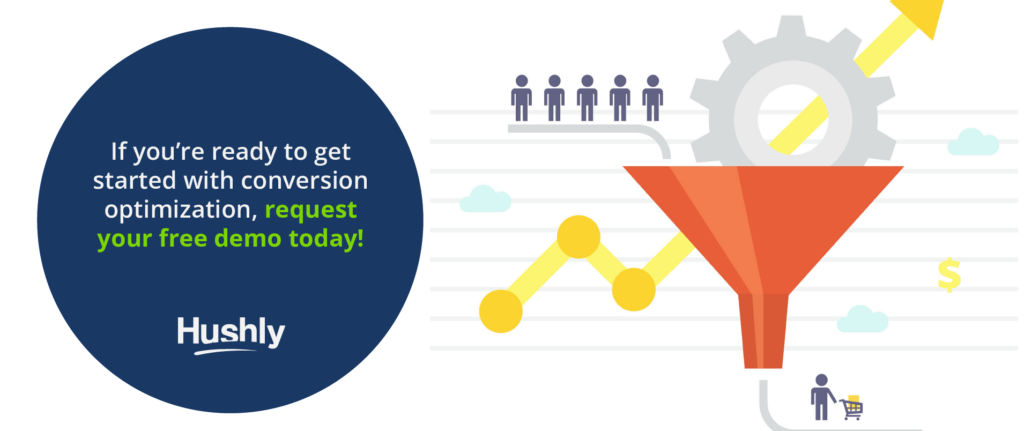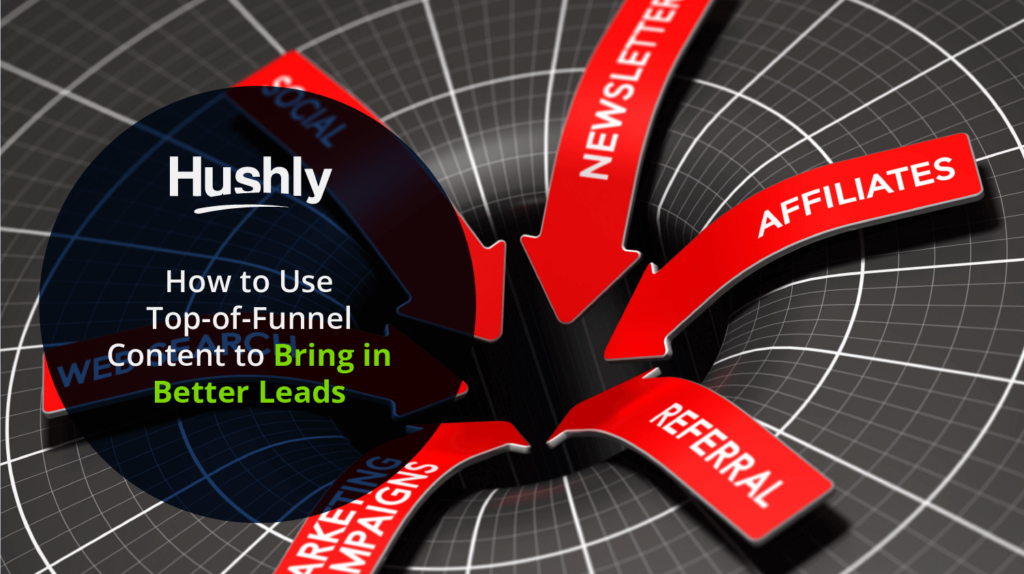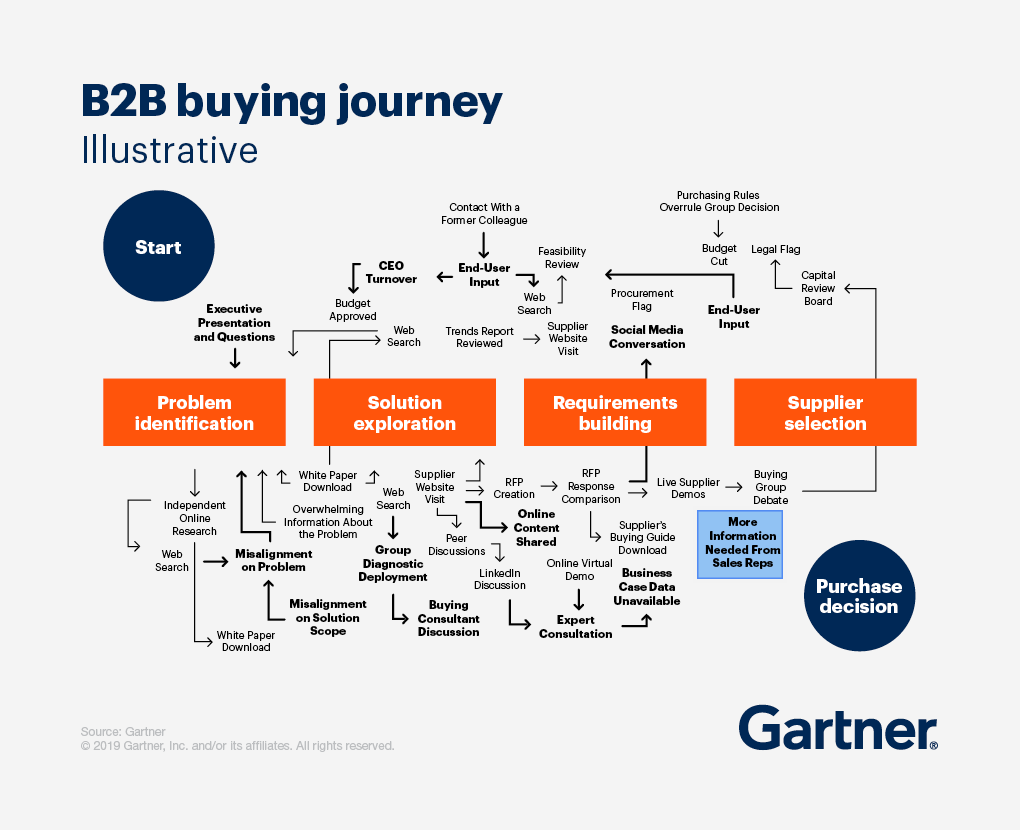Filters
Content Type
Topic
Top-of-Funnel Content vs. Bottom-of-Funnel: What’s the Difference?
Content is one of the essential elements of digital marketing. You need to be able to write content that converts and know precisely where to implement it into your strategy to create the most significant impact. That’s why it’s crucial to understand the conversion funnel and the difference between top-of-funnel content vs. bottom-of-funnel content.
Having a solid understanding of the conversion funnel and its role in conversion optimization is crucial to your B2B digital marketing strategy and success. It will help you improve your conversion rate, increase conversions, and ultimately increase your bottom line.
Ready to get started? Let’s dive in.
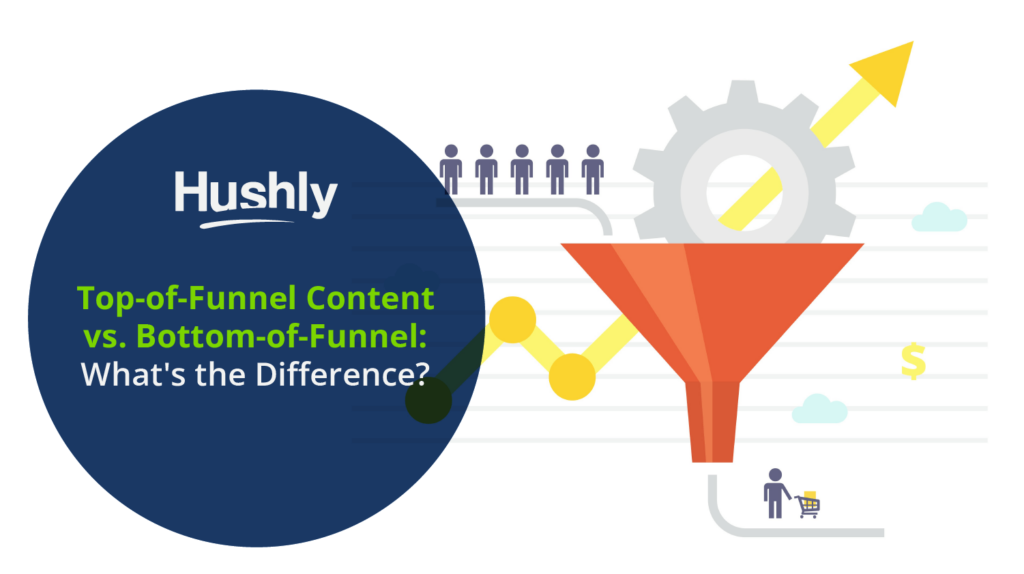
What is a Conversion Funnel?
Before you can start breaking down the difference between top-of-funnel content vs. bottom-of-funnel, it’s essential to understand the whole picture – the conversion funnel.
The conversion funnel is a model that illustrates how users interact with your website and your digital marketing strategy to successfully complete a purchase or take any other desired action.
The goal of the conversion funnel is to move users from the top of the funnel to the bottom where they can complete their desired action. Each step in the funnel represents a change in the user’s mindset.
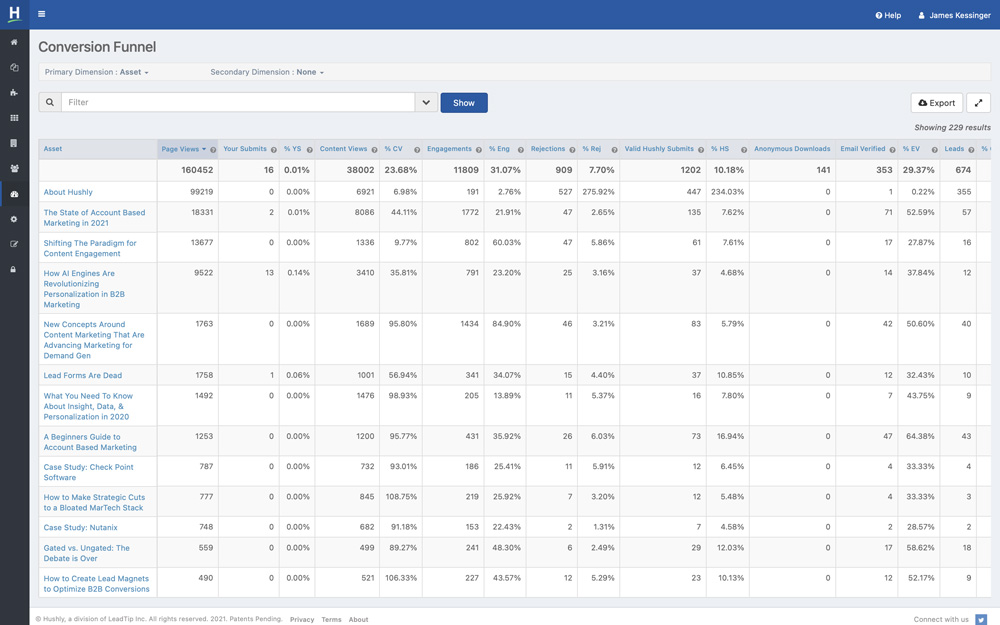
Source: Autopilot
These steps create a cascade effect, which is why it is so vital to ensure that information in each stage is clear and focused. It also helps to have a clear transition point from each step to the next. This way, when a user arrives at the last step, they can make a well-informed decision to purchase your product or take any other desired action.
With that in mind, it’s essential to understand what is expected at each level of the funnel to improve your conversion optimization.
Top-of-Funnel
Top-of-funnel content is the first impression your users are presented with when they arrive on your page or website. It sets the tone and determines the direction they will take once they scroll down and begin to read.
The top of the funnel is meant to draw the reader in and immediately grab their attention. It also provides some background and context so that the reader understands the value proposition you are offering and the problem you are trying to solve.
This is a crucial step in the entire conversion funnel because it sets the stage for everything to come next. This content needs to be broad, but not too broad. There needs to be enough information to communicate the main point, but there’s also room for the writer to provide additional details that would help move the reader down the funnel.
Middle-of-Funnel
The middle of the funnel provides more value and establishes a relationship with the reader. This is where you can provide more in-depth information, answer questions, and provide additional benefits and resources.
This content aims to make the reader trust you and your product. They need to see that you know what you’re talking about and provide credible information that solves a problem.
At this point, the reader is starting to become interested in what you have to offer, so you need to continue to provide value and ensure that you keep the reader engaged. This is when you want to include blog posts, case studies, product reviews, and any other content that you think is valuable to the audience. You also want to have a clear call to action.
Now, it can be challenging to determine which type of content to include in this step of the conversion funnel, and the reality of it is that this will come down to your audience. However, research shows that some of the top-performing content for B2B audiences include:
- Demos – 46% engagement rate
- Product Tours – 44% engagement rate
- Articles – 43% engagement rate
- Magazines – 41% engagement rate
- Video Content – 40% engagement rate
Bottom-of-Funnel
The final step in the conversion funnel. It’s the last opportunity to provide value to the reader and make them feel as though they’re making the right decision.
At this point, you’ve weeded out the leads that simply weren’t ready to make a purchase or weren’t even interested in making a purchase. You’ve addressed the fundamental objections that were stopping your readers from buying, and you’ve created an experience that is designed to make the reader feel as though they’re making the right decision.
Now, it’s time to close.
The content you provide your audience at this stage needs to focus on closing the deal. This could mean providing additional benefits and features, a limited-time offer, or anything that would make your audience feel like they’re getting something great for their money.
You also want to make sure that you include a clear call to action and any other elements that would help close the sale. This could mean providing a contact form or a way for the reader to get more info, offering a trial, or offering an incentive. You want to make sure that the reader is ready to make a purchase.

Source: Medium
Top-of-Funnel Content vs. Bottom-of-Funnel: Is One More Important Than the Other?
There isn’t a clear answer when it comes to the great debate between top-of-funnel content vs. bottom-of-funnel. Both are critical to the success of your conversion optimization efforts, but which is more important will depend on the goals that you’re trying to achieve.
In general, top-of-funnel content is more about providing value and establishing trust. It’s about getting the reader to trust you and your product. Since this content is often broad in hopes of generating more leads in the initial stages of the consumer journey.
Bottom-of-funnel content is about closing the deal. It’s about providing value to the reader and making them feel like they’re making the right decision. The audience you are addressing at this stage is looking for very personalized, highly relevant information. They’ve already gone through the initial information provided, and they are ready for the hard-hitting facts that prove you are the right expert to assist them with whatever their pain point is.
So, when it comes to top-of-funnel content vs. bottom-of-funnel content – neither is more important than the other. They are both crucial to the success of your digital marketing strategy.
Conversion Optimization Done Right with Hushly
Here at Hushly, helping you with conversion optimization is of top priority. We can help you accomplish this through our various solutions, including account-based marketing, demand generation, and content personalization.
If you’re ready to get started with conversion optimization, request your free demo today!
The post Top-of-Funnel Content vs. Bottom-of-Funnel: What’s the Difference? appeared first on Hushly.

